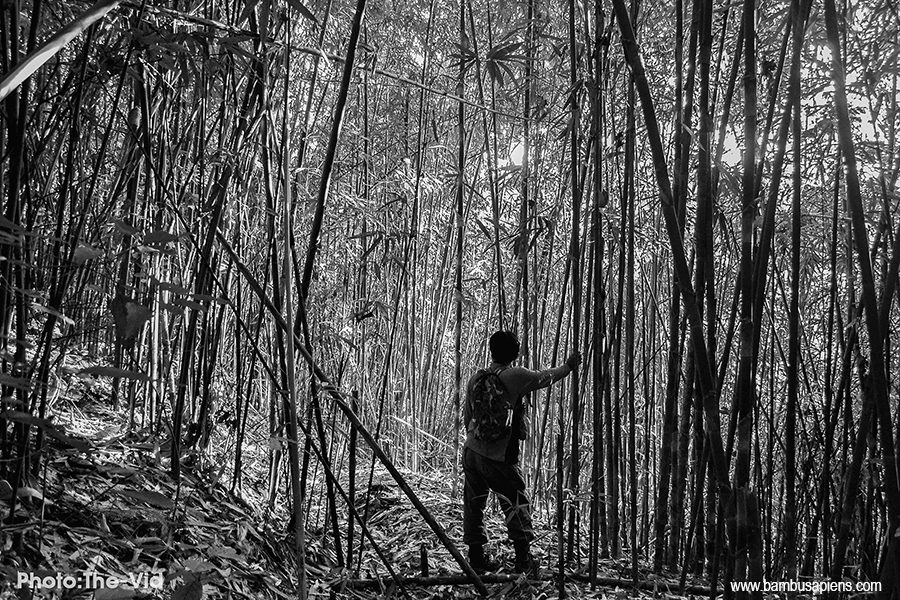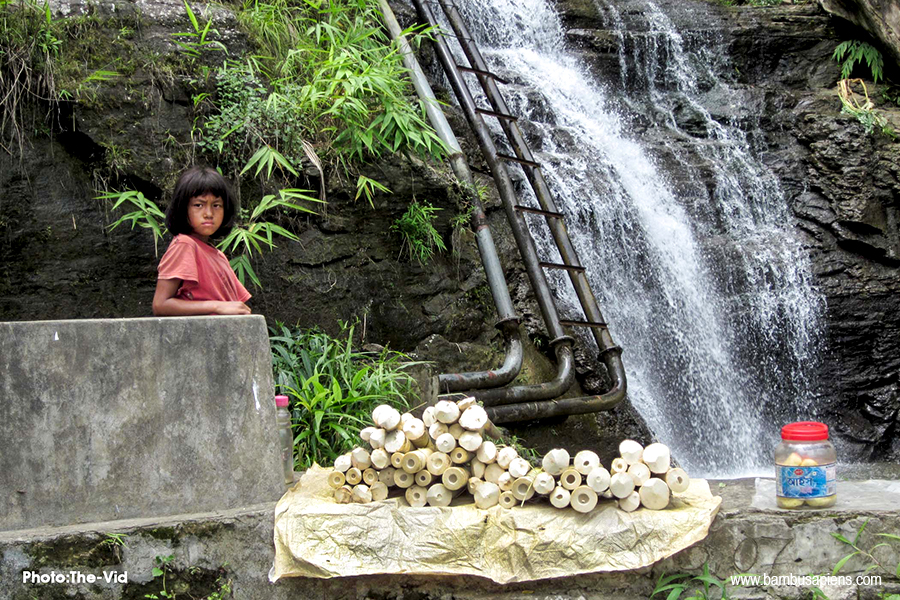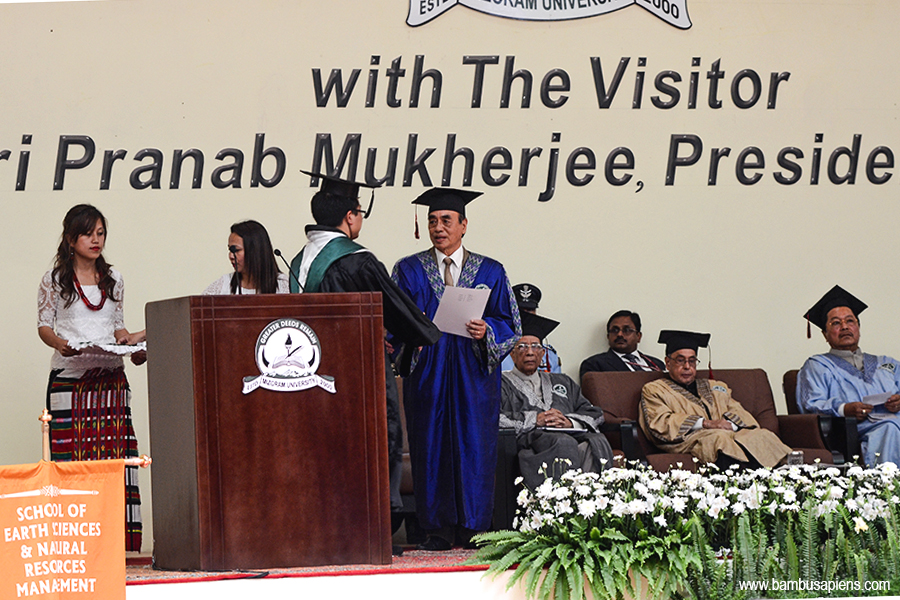Ka nu leh pa te, ka pi leh pu te leh laina hnai, a thiantha te hi chuan “Mâ-a” an tia, a then chuan “Ngheta, Lalnghet, Manghet” an ti bawk. Mahse keini chuan “Ka U” kan ti thin. A hming pum chu “C. Vanlalngheta” a ni.
Ka U kan tih chuan kan u Mâ-a kan sawina a ni a, midang sawi nan kan hmang ngai lo. Ka U sawi nan chauh kan hmang, ka u tan liau liau a ni.
Kan naupan laiin Gauhati-ah lehkha a zir thina, kumkhatah vawi 1 te a rawn haw thin. Ka U rawn haw hi kan nghakhlel hle thin a; toys min hawnsak thin avangin. Tin, a chhukthlak leh dawnah pawisa nawi min sem thin bawk. Tumkhat chu racing car min hawnsaka, a tha ngang mai, sipai no bengtung khata tui kan dah hian a su thlu tawp thei. Ka thianten an awt ve thin khawpa,
“Khawia mi nge?”
“Ka U min hawn…”
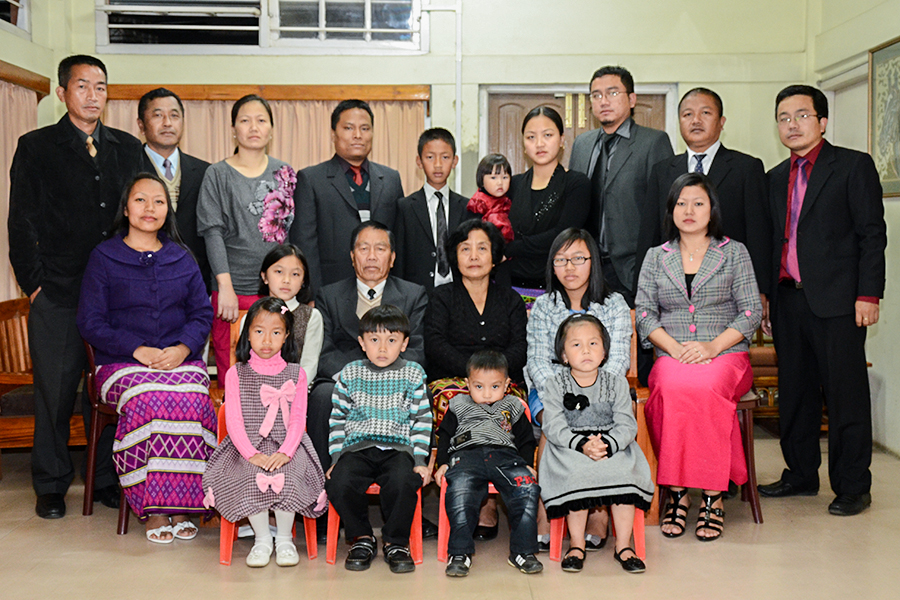
Ka U khan a zirlai a zir zawh khan hna a hmu nghal maia, Khawzawlah an post-a, Durtlangah te, Champhaiah te. Tum khat chu a hnathawhna hmun atanga a rawn haw dawn hian truck tein an rawn chhuka, chumia phurh tur chuan Ka u Hriata ten Tuirial kawnga mi Changel an lo sat teuh mai a. Zanah phur turin kan zuk chhuka, Tuirial kawng chhiat vanglai tak a ni. A hnungah kan chuanga, naupang ta chu kan zun te a lo chhuak maia, a din det lai chuan kan zung hmanhmawha, a tlan leh ta mai sia, kawngchhiaa a insawh tak tak kha chu ka chal ka zunkhum lo chauh a ni. Khami tum kha Ka U motor khalha ka chuan hmasak ber a ni.
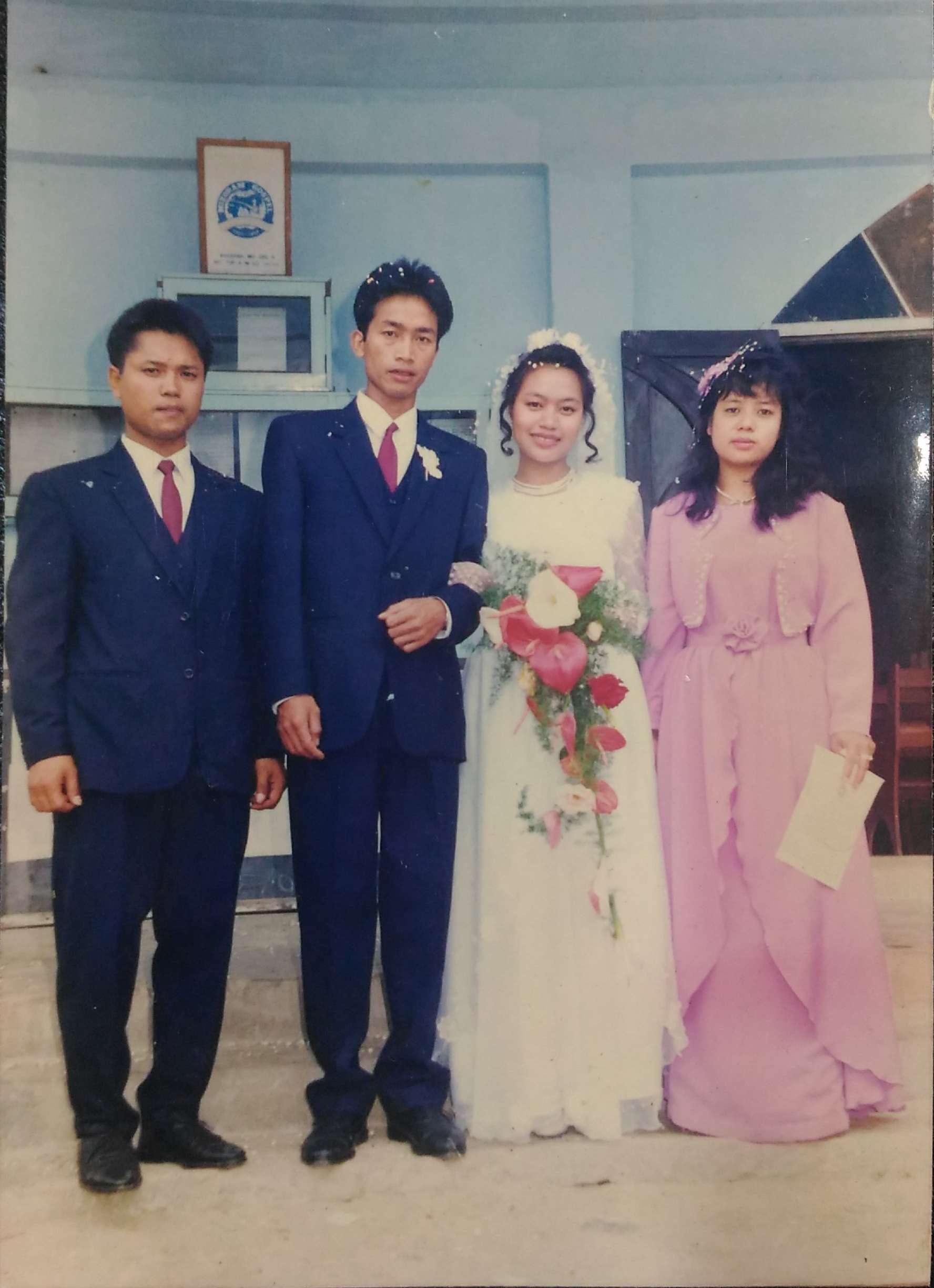
Champhaia a awm lai hian U Mapuii nen an innei a. Chawlh a neih theih mai loh avangin “duty” pahin a rawn chhuka, Oct. 30, 1993 inrinniah Zemabawk Kohhran Biak Inah an inkutsuih a, nuam kan van ti tak em. Ka U nupui neih ni zet kha chu.
A fa te pathum hi a ngaihsak em em a. An sen lai deuh hian ka nau Mary hi nau awm turin an inah a leng chho a. A fate chanchin ngaihven hian chhunah vawi engemaw zat a phone…chu chu ka U-in nitina a tihdan a ni. A fapa Joshua lehkha zir buaipuii tum engemaw zat ka zinpui a, kan chanchin ngaihvenin min rawn call fo thin, ka U hian.
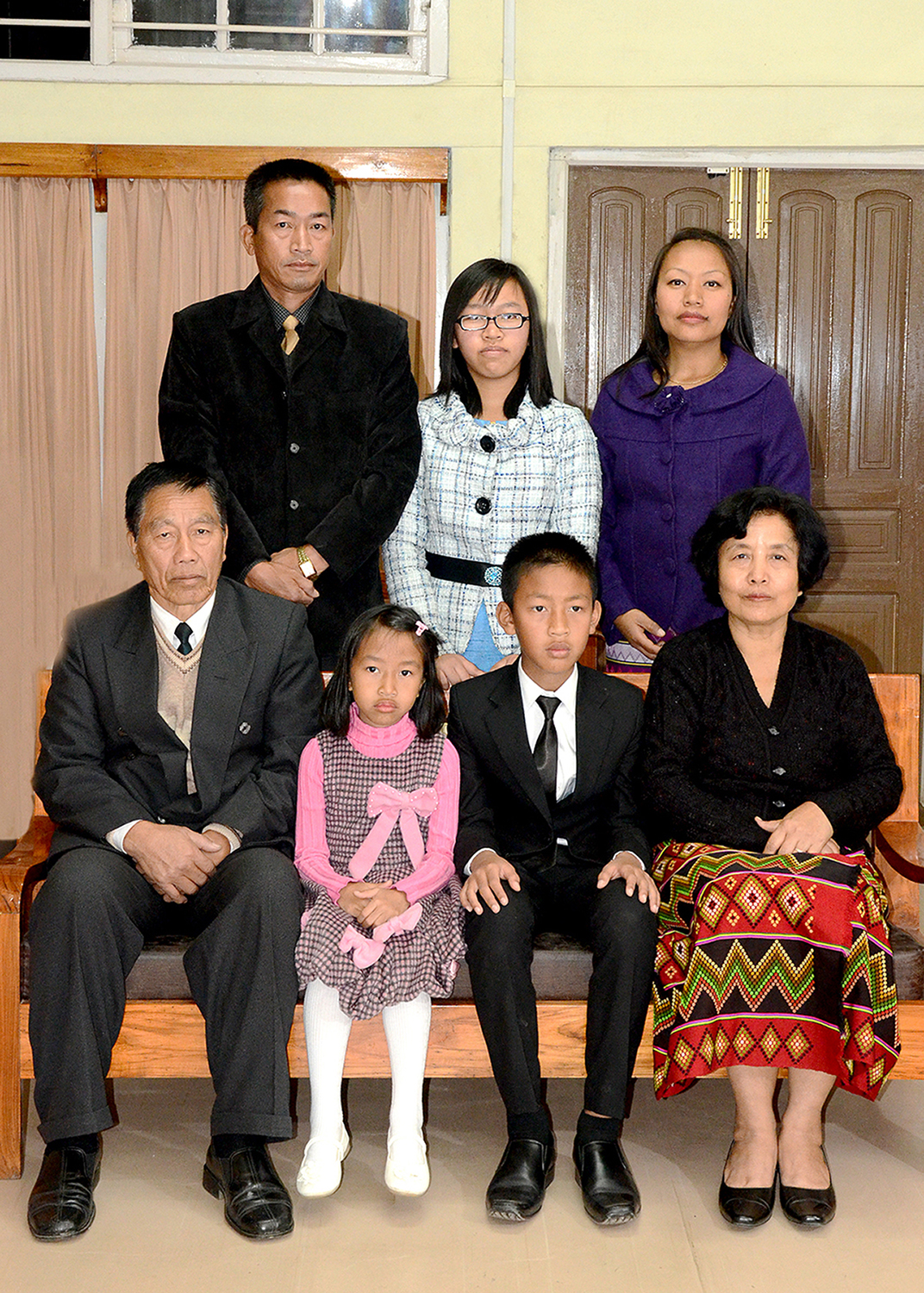
Ka U hi tawngtam lo tak, mi kawm tam lo, ina awm deuh chawt chi a ni a. An Ina len luh chang pawh hian min be tam lem lo. Kan thutna sirah ngawi rengin a lo thu ve mai thin. Inpui min rawn tlawh pawh hian sawi tur a nei ngai meuh lo. Mahse ka u Hriata fate emaw, Mary fate emaw an awm erawh chuan a fiam nasa thin hle thung.

Ka U-in min rawn tlawh chang hian a titi bawrh bawrh ri ka hre ngai lem lo, aw then dan bik erawh a nei…a aw then dan atangin ka U-in min rawn tlawh tih kan hre nghal mai thin. Ka U aw thian ri khan min tihlim em em thin.
Nov. 7, 2017 zanah chhungkua kan inhmukhawma, prog. dang ka neih avangin ka kal hmasa zawka. Ina ka let leh meuh chuan a lo awm reng tawh a. Inpawh takin kan titi a, khami zan kha chuan a aw thian ri aiin a tawng ri kan hre tam zawka, khatiang reng renga a tawng nasat kha ka la hre ngailoa, ka hre leh tawh dawn bawk hek lo.

Ka U aw thian ri khan min thlamuan thin a, kan kiangah a awm a ni tih kan hre thin. Ka U aia fel hi mi tam takin u an nei ang, ka u aia sual u nei pawh an awm teuh bawk ang. Mahse Ka U ang U, a aw thian ri ringawt pawh a nauten an thlamuanpui êm êm U nei ve hi an awm kher lovang!
Dec. 16, 2017 zing dar 7:47-ah U Mapuiin min rawn call-a, ka U an kaihthawh zawh loh thu min rawn hrilh a. Ka chhungte leh hrilh awm hrang hrang, ka hriatchhuah mai theih te ka hrilh nghala, an chenna lam panin kan chhuak taa. NH 54 an siamthat lai, India Prime Minister Narendra Modi-an Aizawl a rawn chhun pelh ni tak a nih avangin kan thleng lawk theilo.
Kan thlen chuan an khumah an lo zalha, a awm lamah tawlhloh puanin an khuha, a kawng a chin hnuailam pawncheiin an khuh bawk. Ni dang ang chu nise engmah sawi lem lovin a kiai suk anga, kan thutna piah deuhah a thu ve mai ang a, a khat tawkin a aw a thian ang. Mahse chutiang tur chu a awm ta lo! Ka U aw thian ri hriat tur a awm lova, tap thawm, amah ngaia thlabar tap thawm ri a ni kan hriat ni. Ka U taksa chu kan zingah la awm mahse vuiliam mai tura buatsaih mek, a ruang chauh kan chang ta.

Thihna hi tu chungah pawh thleng thei leh thleng tur a ni a, kan chungah, kan chhungkaw chungah pawh a la thleng vek dawn tih pawh kan hria; mihring tana vawi khat thih ruattu hi kan Pathian a ni tlat! Mahse lusun tura inpeih tumah kan awm lova, lusun tura chak tawk lah kan awm hek lo. A fa u te 2, Rachel leh Joshua te awm loh lai, a ruang pawh an rawn nan ngaihna awm lo kher khera min liamsan erawh a na a ni. Ka U hian a fate a hmangaih a, amah thlahliam tur pawh hian a fate aia thlan a nei lovang.
Mahse Ka U kha pa inthlahrung ngang kha a nia, a fate lungngai hmel leh hrehawm hmel hmuh kha a duh lo bur thin. Chuvangin hetianga a kal mai hi Pathianin a remti zawk te pawh a nia nge.
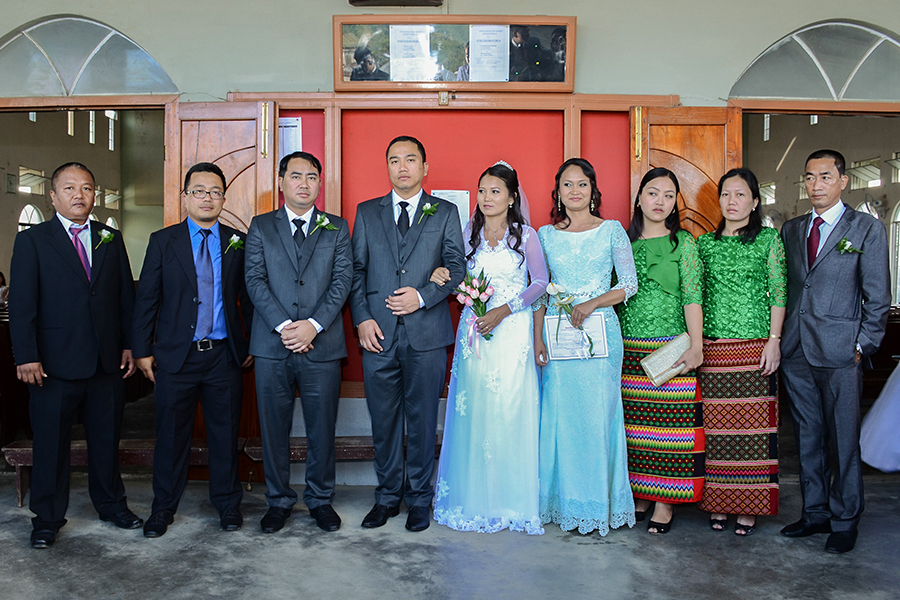
Unau Portrait leh Family portrait lak leh hunah chuan all pair-in kan la tawh ang, tia intiam kha kan ni a, mahse engtikah mah he hun hi kan thleng dawn ta lo a ni!

